 An early adopter of organic cotton and the first major brand to bring Fair Trade apparel to market, prAna has now joined the growing list of beloved green brands (think Annie’s Homegrown, Burt’s Bees, Tom’s of Maine) to be gobbled up by the big guys. The California-based lifestyle brand best known for its climbing and yoga apparel was recently acquired by Columbia Sportswear – a move that will not only help the parent company, a historically cold-weather sports brand, expand its offering, but will also fortify the smaller brand with an operations platform that can help its sustainability mantra reach new global markets.
An early adopter of organic cotton and the first major brand to bring Fair Trade apparel to market, prAna has now joined the growing list of beloved green brands (think Annie’s Homegrown, Burt’s Bees, Tom’s of Maine) to be gobbled up by the big guys. The California-based lifestyle brand best known for its climbing and yoga apparel was recently acquired by Columbia Sportswear – a move that will not only help the parent company, a historically cold-weather sports brand, expand its offering, but will also fortify the smaller brand with an operations platform that can help its sustainability mantra reach new global markets.
PrAna’s commitment to sustainability has set it apart from the rest from the start. In its early days, prAna’s founders would cut and sew clothing in their garage, craft hangtags made with homemade recycled paper, and ship orders to customers in boxes gathered from the local grocery store. The company was also an early proponent of renewable energy within the apparel industry, pioneering wind power through its Natural Power Initiative, for which it was recognized as an EPA Green Power Partner. PrAna has come a long way from making its garments in garages and delivering clothes in fruit boxes – today the company’s products are sold at 1,400 specialty retailers across the United States, Canada, Europe and Asia and its sales are expected to hit more than $100 million this year. All of this is expected to continue to grow in the wake of Columbia’s acquisition. The question on everybody’s minds is: “Will this acquisition change the company’s commitment to sustainability?”
In an age when more and more socially and environmentally responsible companies are being bought to help diversify big corporate portfolios, what can we learn from a company that has woven sustainability into its business from day one and has consistently sought to strike a fine balance between commerce and idealism? I spoke with prAna CEO Scott Kerslake to hear more about what this new corporate partnership will mean to a company named after the ancient Sanskrit word for “life force,” and how the brand has set its intention to keep it real.
Click to continue reading »









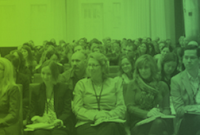

 Read more in this series
Read more in this series


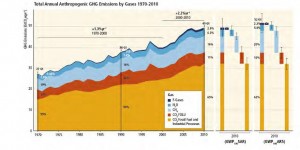 All eyes are on the
All eyes are on the  Last month, German sportswear giant, The Adidas Group (
Last month, German sportswear giant, The Adidas Group (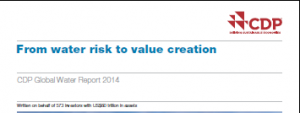 Whether it’s greenhouse gas emissions, deforestation and climate change, waste management and recycling, or water usage, investors and businesses are increasingly sensitive and exposed to the risks environmental crises pose to the financial bottom line.
Whether it’s greenhouse gas emissions, deforestation and climate change, waste management and recycling, or water usage, investors and businesses are increasingly sensitive and exposed to the risks environmental crises pose to the financial bottom line.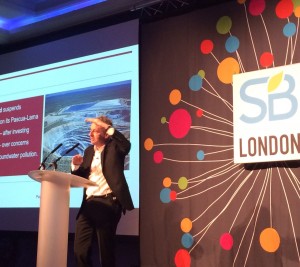
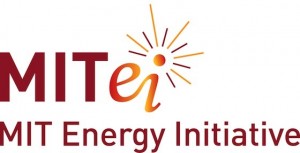
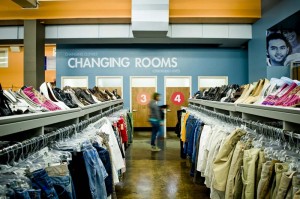 This past weekend, thousands of fans crowded
This past weekend, thousands of fans crowded  Read more in this series
Read more in this series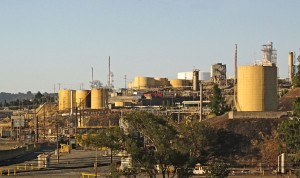
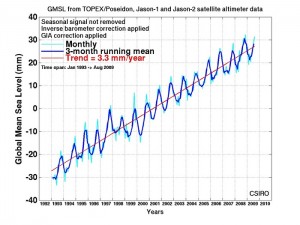 Last week, the Intergovernmental Panel on Climate Change (IPCC) released its fourth and final
Last week, the Intergovernmental Panel on Climate Change (IPCC) released its fourth and final  California made headlines this fall when it became the first U.S. state to place a
California made headlines this fall when it became the first U.S. state to place a 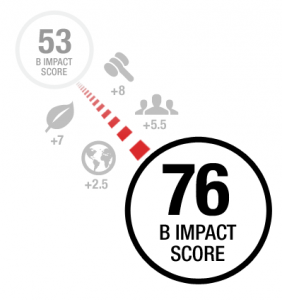 By Ryan Honeyman
By Ryan Honeyman Energy flows all around us, but it’s not very beneficial unless it’s harnessed, concentrated and distributed in a form useful to those who need it. That’s one of the factors that has made distributed solar energy generation increasingly attractive. More powerful and cheaper than ever,
Energy flows all around us, but it’s not very beneficial unless it’s harnessed, concentrated and distributed in a form useful to those who need it. That’s one of the factors that has made distributed solar energy generation increasingly attractive. More powerful and cheaper than ever, 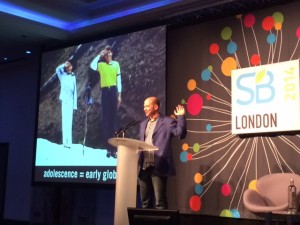

 By Randy Paynter
By Randy Paynter
















Recent Comments